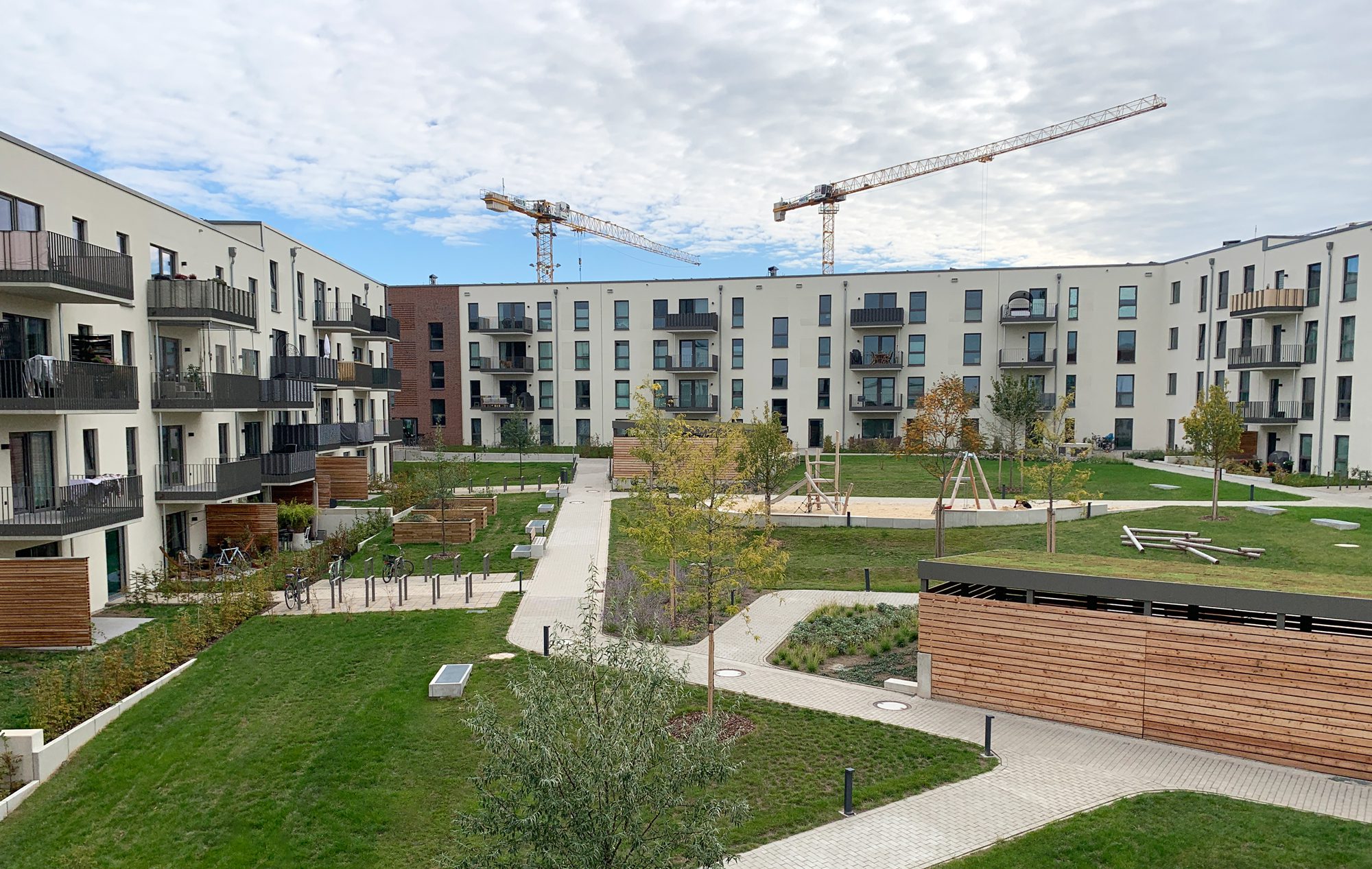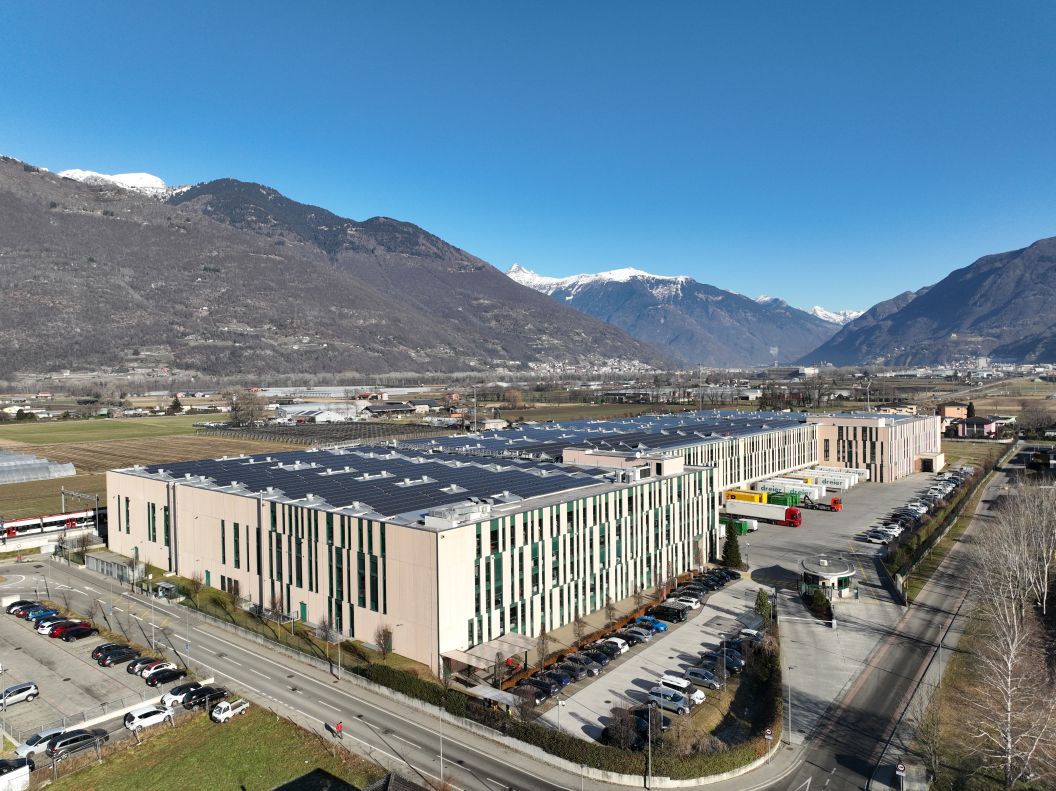Proposals to improve the applicability of the Climate Delegated Act
In a joint White Paper, the Association of German Pfandbrief Banks (vdp) and the Energy Efficient Mortgages Hub Netherlands (EEM NL Hub) call for a pragmatic revision of the regulations relating to real estate in the delegated act on the EU taxonomy. Both organisations are in favour of maintaining climate action as an environmental objective, but at the same time advocate a more practical section of the EU taxonomy in relation to the criteria for construction and real estate. They propose seven adjustments that would simplify the criteria of the Taxonomy Delegated Act, align them with national energy efficiency and building regulations, and thus make it easier to label the financing of energy-efficient buildings, building renovations and new buildings as sustainable across Europe.
“Ambitious climate targets can only be achieved if practical applicability is guaranteed,” explained Sabrina Miehs, Head of Sustainable Finance at the vdp. “In order for capital to be channelled into sustainable projects, the rules must be comprehensible and implementable for credit institutions, investors and customers.” “This joint initiative sees itself as a constructive contribution to the ongoing revision of the EU taxonomy. Simplified and clearer rules that take into account the availability of data and aspects of data governance are by no means a step backwards, but a prerequisite for achieving the climate goals of the EU Taxonomy,” emphasized Vincent Mahieu, one of the founders of the EEM NL Hub.
Practical implementation instead of regulatory overload
The White Paper is based on the experience of leading credit institutions from Germany and the Netherlands, which together account for about a third of the European mortgage market. As the White Paper shows, the current technical criteria of the EU Taxonomy are often difficult to apply to real estate financing in practice. They create uncertainty among market players and impose disproportionate requirements, as many provisions are not enshrined in national legislation and cannot be proven for individual properties. This makes it particularly difficult for owners of residential real estate to develop financial products that are in line with the EU taxonomy.
The seven concrete proposals of vdp and EEM NL Hub are as follows:
1. Align taxonomy criteria with national requirements for EPBD implementation
Observation:
The Climate Delegated Act provides for stricter energy efficiency values than the national standards implemented under the Energy Performance of Buildings Directive (EPBD). This leads to legal uncertainty, double regulation and a lack of practicality.
Solution:
The national implementations of the EPBD should be sufficient to comply with the EU taxonomy. An additional tightening of 10% should only be anchored as an option.
2. Adapt renovation criteria to promote building renovation
Observation:
Even if the Taxonomy criteria for renovation are fully met, but the building does not achieve a high level of energy efficiency after the renovation, only part of the loan and not all of the financing of the building can be considered taxonomy-compliant. This provides a clear incentive to prioritize buildings that are already relatively energy-efficient and need only a small improvement to become taxonomy-compliant.
Solution:
Criteria are needed to encourage the renovation of buildings that are currently classified as inefficient (energy classes D-G) and where renovation may not immediately lead to the highest energy class. Under the defined requirements for energy-efficient renovations, the entire real estate financing should be considered taxonomy-compliant for the economic activity. “renovation of existing buildings” if certain conditions are met.
3. Simplify renovation criteria, increase user-friendliness
Observation:
The current requirements of the EU taxonomy for renovation measures are too technocratic and difficult to verify; they also prevent renovations; Loans must be split into different parts so that at least partial amounts can be recognized as taxonomy-compliant.
Solution:
Establish clear, measurable standards (for example: improve by at least two energy classes, reduce primary energy demand by 30% without excluding renewable energy, or multiple elements as recommended in a Renovation Passport); In terms of financing, taxonomy compliance should apply not only to partial amounts, but to the entire renovation loan.
4. Simplify DNSH criteria to allow for flexibility
Observation:
The Do No Significant Harm (DNSH) requirements, which are designed to ensure that economic activities do not significantly harm any of the six EU environmental objectives, are overly complex and disproportionate – especially for small renovation loans, and in many cases it is impossible to verify or demonstrate compliance with these criteria at the level of individual economic activities.
Solution:
It should be possible to report on the DNSH criteria as observation criteria, but not as a prerequisite for taxonomy compliance. Only the climate risk analysis could be considered mandatory, provided that the criteria are easily verifiable in practice.
5. Improve the stringency and transparency of the regulatory process
Observation:
Frequent and contradictory communications from the EU Commission create irritation, room for interpretation and legal uncertainty.
Solution:
It seems expedient to introduce a formal consultation procedure with fixed deadlines, public participation of the relevant interest groups and a clear delimitation of responsibilities.
6. Optimize data availability and design data protection rules in a targeted manner
Observation:
The lack of availability of data as well as the ambiguity and inconsistency of data protection regulations prevent the use of energy and building data; this complicates ESG reporting, reduces transparency and, above all, prevents credit institutions from using real estate-related information to improve their advisory and product offering.
Solution:
A legal basis is needed that allows credit institutions and other market participants to access and use data at the property level for both reporting purposes and client advice; GDPR Article 6(c),(e),(f) should be used as an authorisation standard for sustainability and climate adaptation data.
7. Greater consideration of proportionality in minimum safeguards
Observation:
The lack of demarcation of the minimum standards between residential and commercial loans leads to pointless audit obligations and unnecessary bureaucracy; Social standards are regulated nationally anyway.
Solution:
Real estate loans to private owners and small and medium-sized enterprises should be exempted from minimum standards checks; commercial loans should be considered to be compliant as long as there are no non-compliances.
The complete White Paper on the EU Taxonomy, jointly authored by vdp and EEM NL Hub, is available here .





















